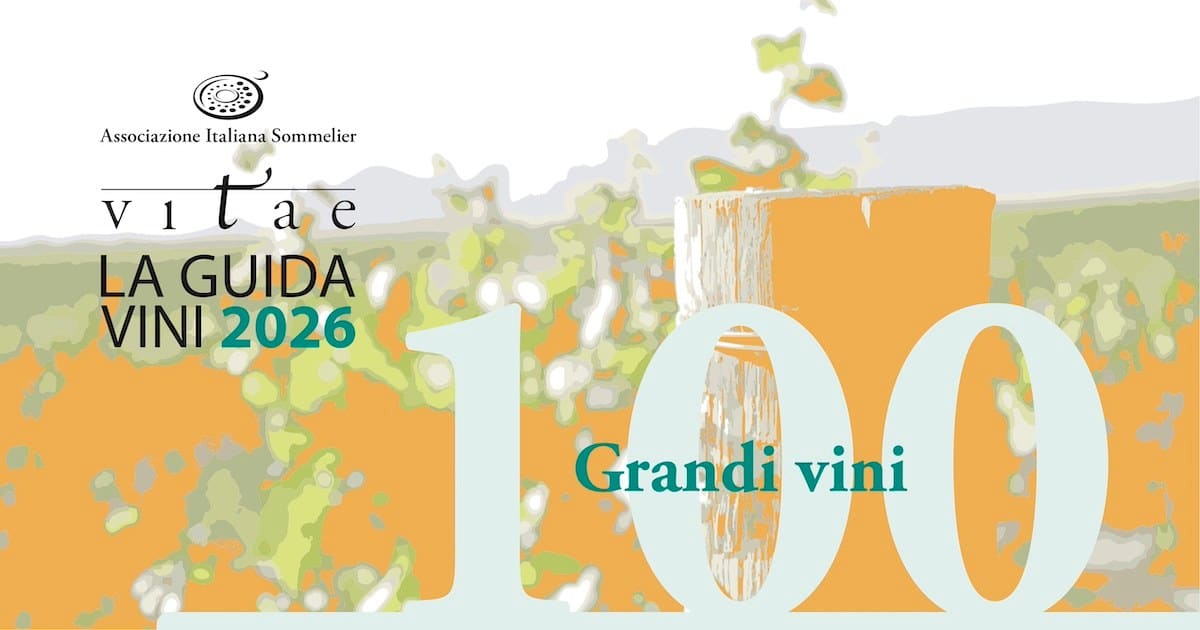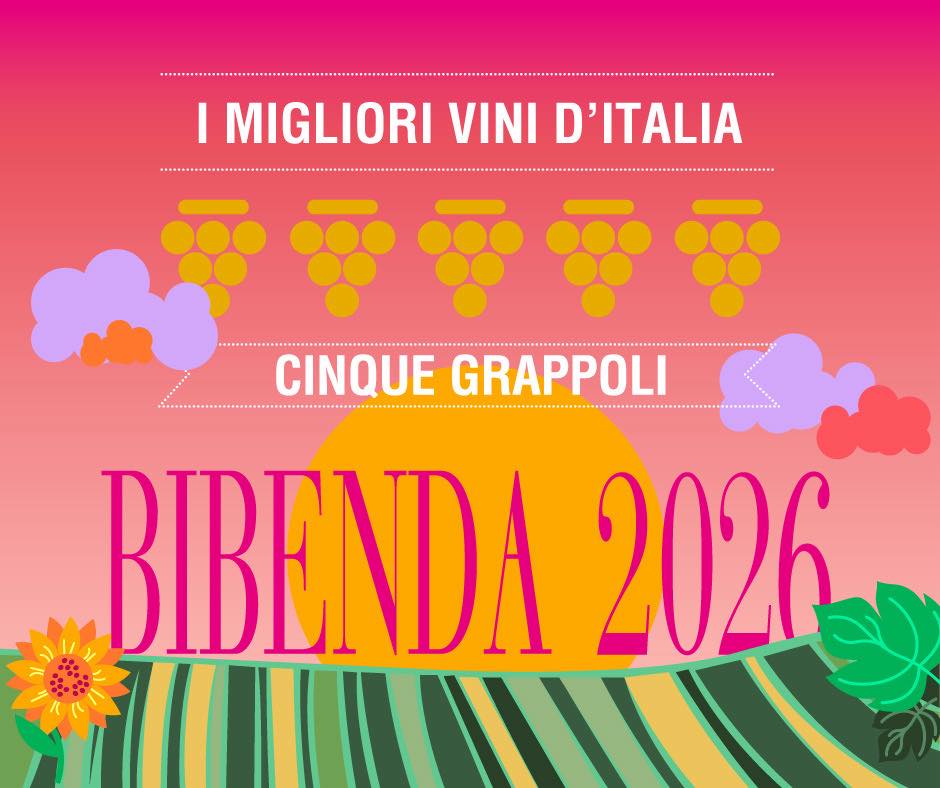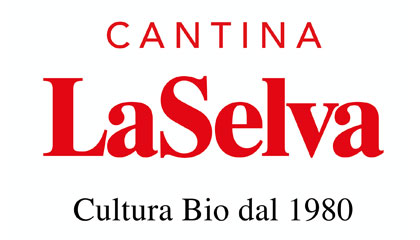Vitae Guida Vini 2026: the results are published.
Vitae is a guide with large numbers: over 20,000 wines from nearly 3,000 producers.
The awarded wines represent the absolute peak of the selection and are divided into four thematic categories:
100 Grandi Vini (Great Wines/Iconic Labels)
100 Migliori Vini di Territorio (Best Terroir Wines)
100 Vini Innovativi/Rivelazione (Innovative/Revelation Wines)
100 Vini Valore/Prezzo (Value/Price Wines)
Congratulations to our associated producers with these outstanding results.






I Vini Rivelazione















